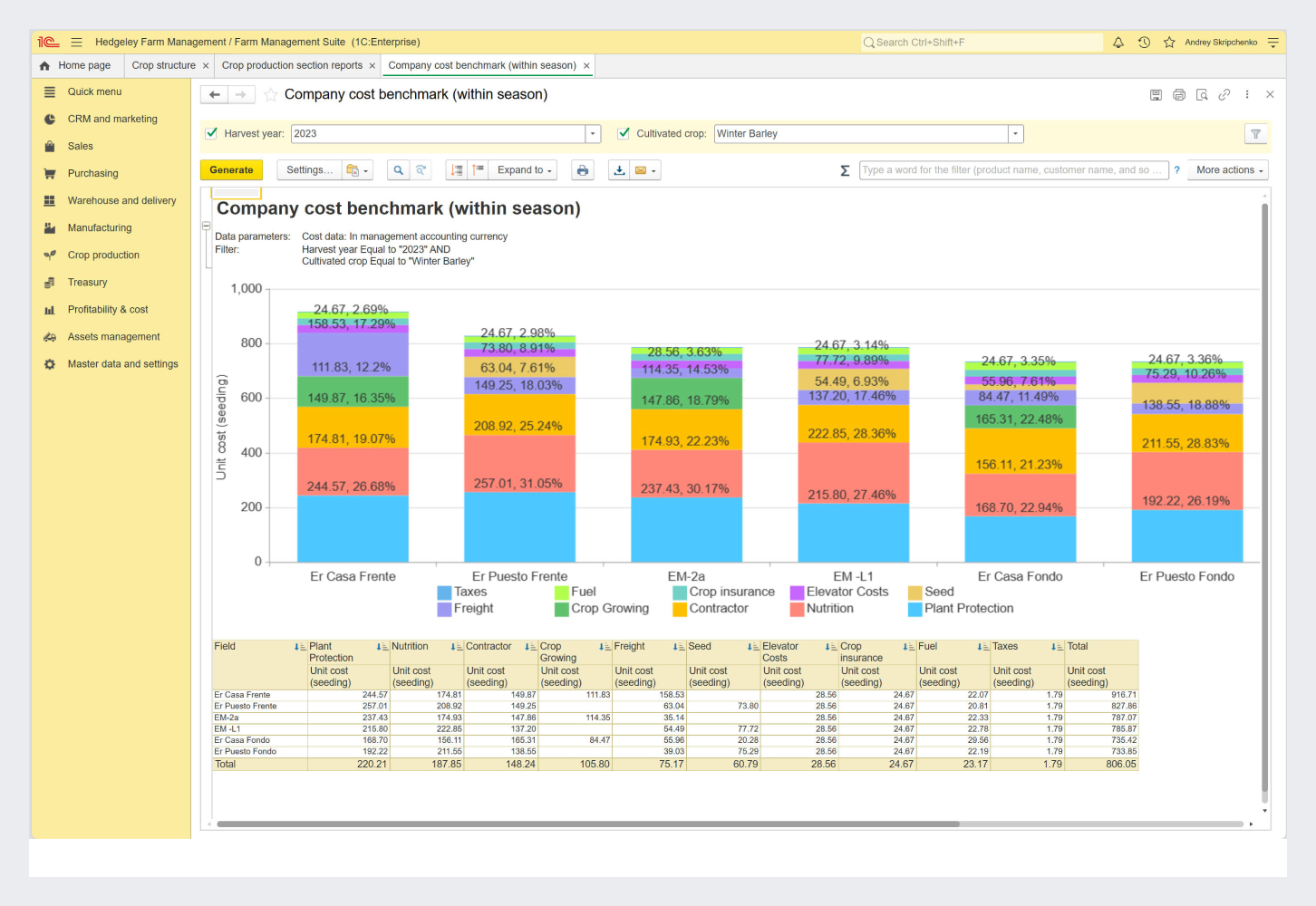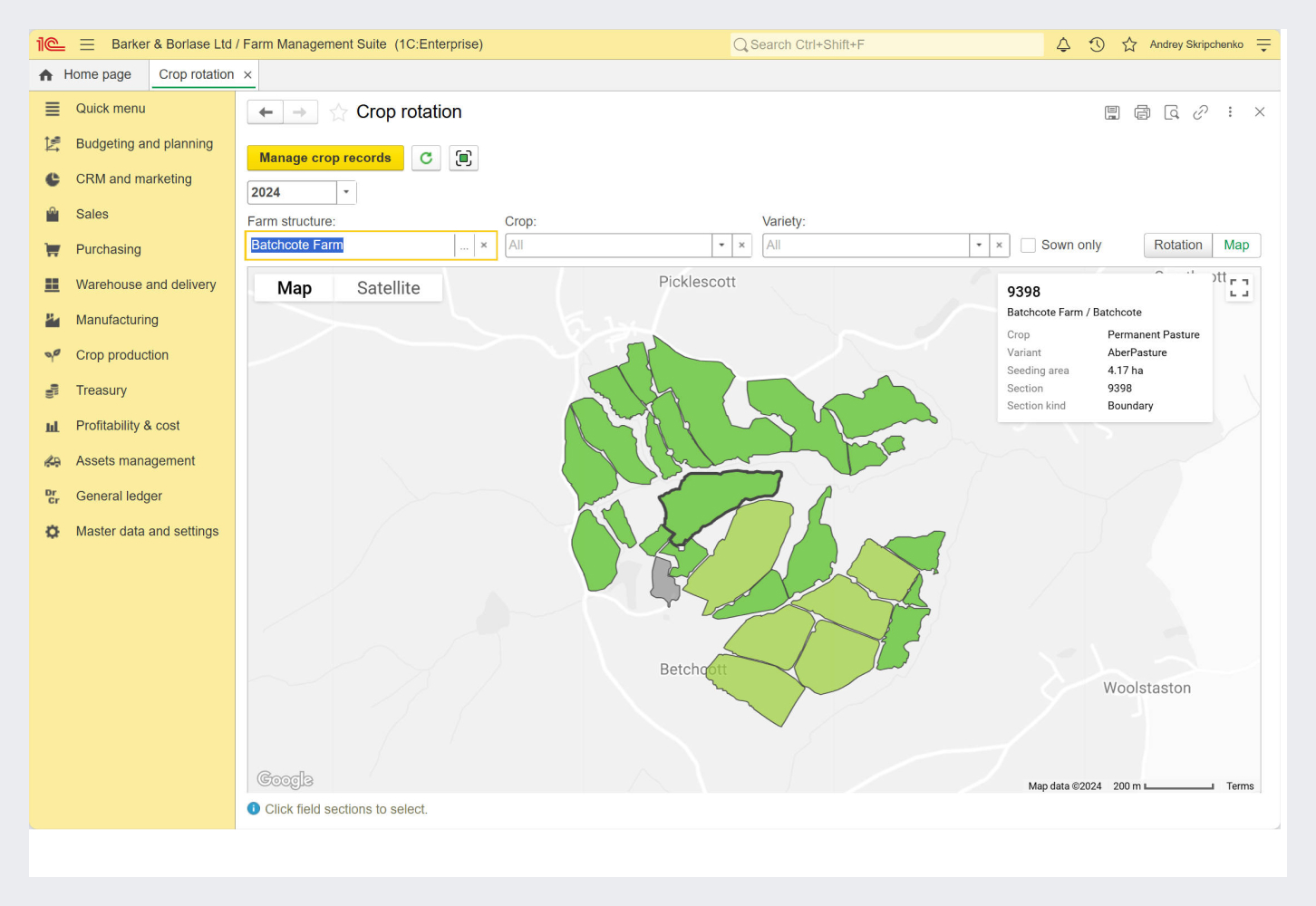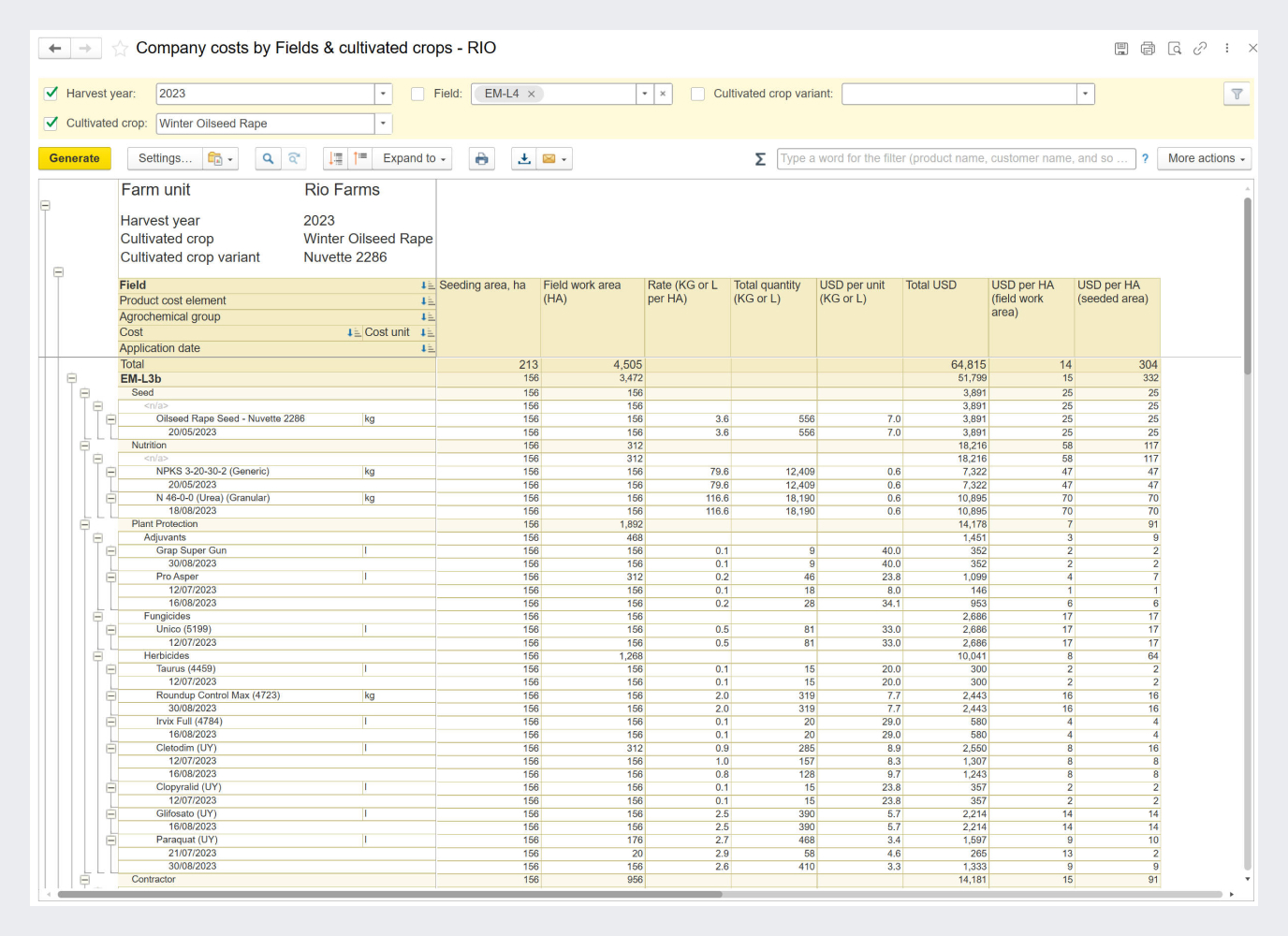Implementing ERP systems in agriculture presents significant challenges due to the complexity and uniqueness of each enterprise in this vast sector. There is no one-size-fits-all ERP solution that can be uniformly applied across different companies, even if they are from the same sub-segment. Most ERP vendors design their systems for broad markets and standard manufacturing processes, while crop farming has distinct requirements and characteristics that set it apart.
One major challenge in agricultural ERP implementation is the length of production cycles. In agriculture, costs accumulate over months, with product releases typically occurring only one to three times a year. These extended production cycles require ERP systems to handle prolonged periods of ongoing costs without immediate turnover, which is a deviation from typical manufacturing cycles.

Another complication is the complexity of managing intermediate goods from unfinished production to finished products. In crop farming, a plant that is still growing is considered a semi-finished product, and transitioning it to a crop commodity can be complex and nuanced. This requires sophisticated tracking and management features within the ERP to handle various stages of agricultural production effectively.

Cost accounting down to the field level is a critical requirement for agricultural companies, especially in sectors like arable farming. The challenge lies in recording products used, works performed and volumes released against each field. Two neighboring fields bearing the same crop may produce products that are notably different in cost per hectare and cost per ton values. Traditional cost pooling methods are insufficient, as they do not provide the detailed insights needed to evaluate the profitability of individual fields and to perform field benchmarking.

Finally, agricultural businesses face the challenge of long-term expense management before revenue generation, as profits are only recognized after harvest and sale of crops. ERP systems in agriculture must support detailed planning and forecasting features to manage financial outcomes effectively.
This includes projecting yields, production volumes and margins early in the cycle to target financial results that will only materialize months or even a year later. This ability to not only track costs throughout the season but also to adjust forecasts based on early indicators is crucial for maintaining profitability in agriculture.

How We’re Adapting 1Ci Solutions to Fit the Market
Our previous experience in an agricultural company has shaped our approach to implementing 1C:ERP solution. Recognizing the reluctance of local manufacturers to fully integrate standalone solutions, we have opted to interface directly with standard ERP objects. This allows us to achieve accurate cost accounting and efficiency goals by using the native capabilities of standard ERP systems.
We've specifically addressed the challenge of calculating cost at the field level, a critical accounting task for ERP systems in agriculture. This capability allows users to view detailed financial data down to individual fields and measure the cost-effectiveness per unit area, whether it's by hectare, acre, or square meter. By embedding this feature, we enable precise cost management and improved decision-making at the micro-level.

Another innovation in adapting 1Ci solutions is the introduction of the "agricultural year" concept for different climatic regions. This feature helps businesses evaluate their profit and loss (P&L) over a specific agricultural cycle, providing a tailored financial overview that aligns with the unique production timelines and sales cycles of the agricultural industry.
Our solutions also enhance yield forecasting by integrating satellite monitoring systems and artificial intelligence. This integration allows for accurate predictions of crop yields based on satellite imagery, combined with actual production costs. With this data, businesses can assess the profitability of a field mid-cycle and make informed decisions about whether to continue investing in it or to repurpose the land for different crops if the projected margins are not met.

Furthermore, we consider a wide range of parameters for yield prediction, including climate zone, soil quality, and historical yield data. This comprehensive approach ensures highly accurate forecasts.
The system also supports benchmarking different sections of fields to identify why certain areas are more productive than others, factoring in variables such as fertilizer use, soil composition, and chemical treatments. This benchmarking capability is crucial for understanding and optimizing profitability across different plots of land.
Final Thoughts
In the face of growing global food demands, there are few alternatives that can match the potential of digital solutions to significantly increase agricultural output. The integration of ERP systems such as FMEC Farm Management Suite based on 1C:ERP WE streamline farm operations by consolidating data management, improving resource allocation, and optimizing supply chain logistics. These systems are vital for enabling more efficient and effective agricultural practices, crucial for feeding the world in the coming decades.







